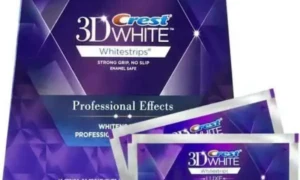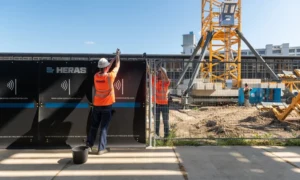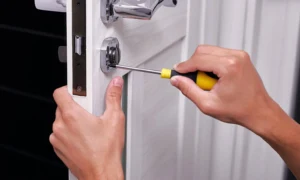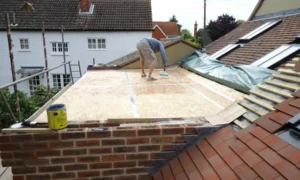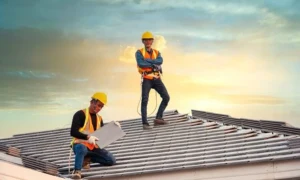Casting is a complex process that involves pouring molten material into a mold to produce a solidified product. One common issue that arises during casting is the formation of bubbles within the material, which can compromise the integrity and quality of the final product.
How to Start Resin art business complete Guide.
These bubbles, if not addressed properly, can lead to defects, weakening the structure, and even causing product failure. However, with the right techniques and precautions, achieving bubble-free castings is possible. In this article, we’ll explore various tips and strategies to help you achieve bubble-free castings consistently.
Understanding the Causes of Bubbles: Before diving into the tips for bubble-free castings, it’s crucial to understand the common causes of bubbles in castings. Some of the primary factors contributing to bubble formation include:
- Entrapped air within the mold cavity.
- Moisture or gases present in the casting material.
- Improper pouring techniques leading to turbulence.
- Inadequate venting of the mold.
- Insufficient degassing of the casting material.
Now that we have a better understanding of what causes bubbles, let’s explore how to mitigate them effectively.
Tips for Achieving Bubble Free Resin Castings
1. Proper Mold Design
Begin by ensuring that your mold design incorporates adequate venting channels. Proper venting allows trapped air and gases to escape during the pouring process, reducing the risk of bubble formation. Additionally, design the mold with smooth surfaces and gradual curves to minimize turbulence during pouring.
2. Material Selection
Choose casting materials that are less prone to trapping air or moisture. Some materials, such as certain types of resins or alloys, are specifically formulated to minimize bubble formation. Conduct thorough research and select materials that are suitable for your specific casting requirements.
3. Preheating and Drying
:Before pouring the casting material, preheat the mold to the appropriate temperature to help prevent rapid cooling and condensation, which can lead to bubble formation. Additionally, if working with materials that absorb moisture, such as certain types of plaster, ensure proper drying before casting to minimize the presence of trapped moisture.
4. Degassing
Prior to pouring, degas the casting material to remove any entrapped air or gases. This can be done using vacuum degassing equipment, which creates a vacuum environment to extract air bubbles from the material. Proper degassing significantly reduces the likelihood of bubble formation in the final casting.
5. Controlled Pouring
Practice controlled pouring techniques to minimize turbulence and air entrapment. Pour the casting material slowly and steadily into the mold, allowing air to escape naturally. Avoid sudden movements or pouring from too great a height, as this can introduce air bubbles into the material.
6. Vibrational Assistance
In some cases, using vibration during the pouring process can help release trapped air bubbles from the casting material. Vibrational tools or equipment can be applied to the mold during pouring to aid in bubble elimination. However, ensure that the vibration frequency and intensity are appropriate for the specific material being cast.
7. Post-Casting Treatment
: After the casting has solidified, inspect the final product for any visible bubbles or defects. Minor imperfections can often be corrected through post-casting treatments such as sanding, grinding, or filling with appropriate materials. However, prevention is always preferable to correction, so strive to implement effective bubble-prevention techniques from the outset.
Conclusion: Achieving bubble-free castings requires attention to detail, proper planning, and adherence to best practices throughout the casting process. By understanding the causes of bubble formation and implementing the tips outlined in this article – including proper mold design, material selection, preheating, degassing, controlled pouring, vibrational assistance, and post-casting treatment – you can significantly reduce the risk of bubbles and produce high-quality castings consistently.
Remember that practice and experimentation may be necessary to find the optimal combination of techniques for your specific casting requirements. With dedication and persistence, you can master the art of bubble-free casting and produce flawless results every time.




















